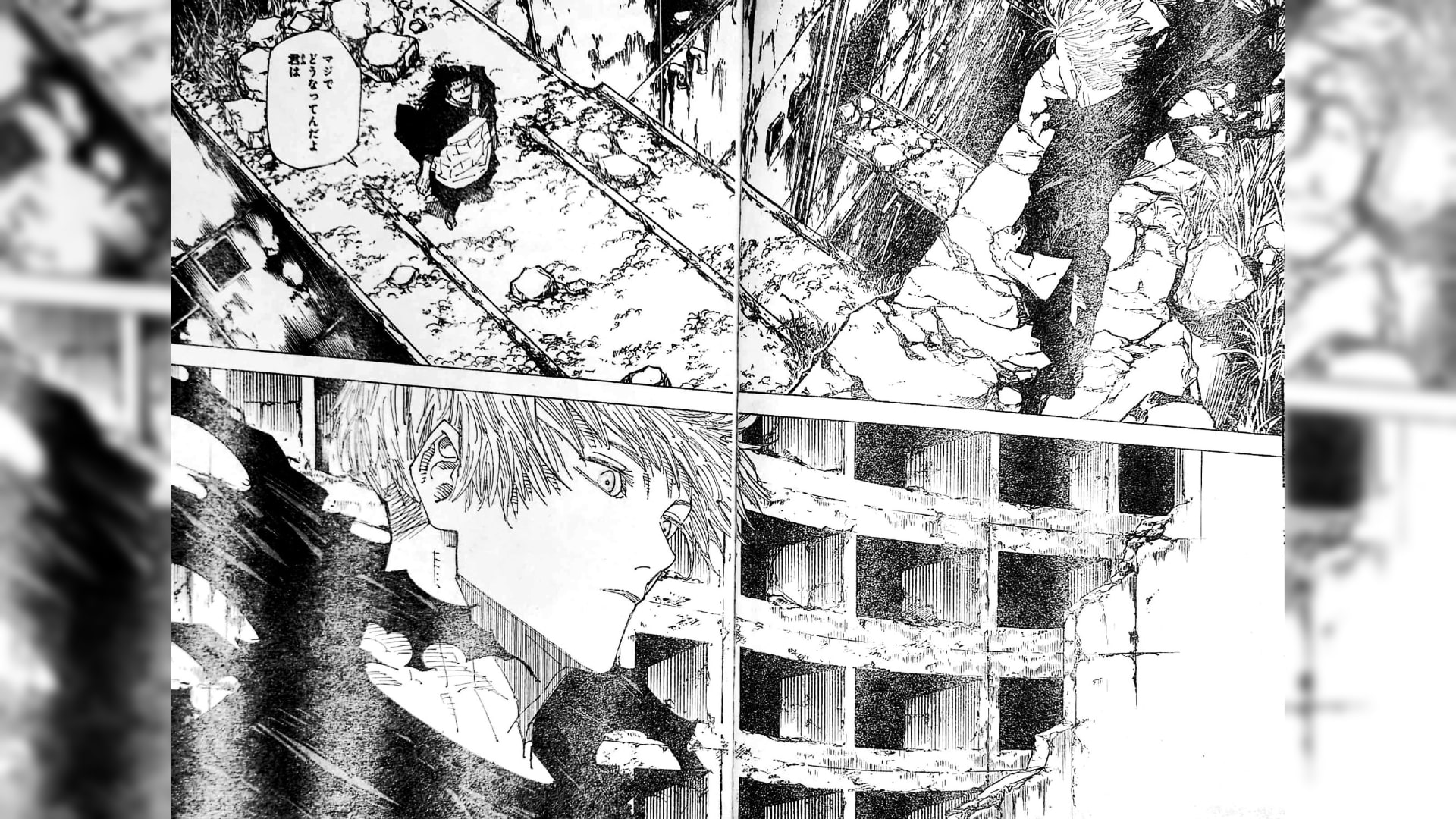In the realm of chess, where strategy and sacrifice dance in delicate harmony, the pawns revenge chapter 1 reveals the extraordinary tale of the most unassuming piece on the board. Often overlooked, the pawn emerges from the shadows, challenging conventional wisdom and demonstrating its remarkable ability to turn the tide of battle.
Delve into the pawn’s unique perspective, unravel the secrets of strategic brilliance, and witness the profound cultural significance of this humble yet formidable chess piece.
The Pawn’s Perspective

In the grand tapestry of chess, the pawn often stands as an unsung hero. While its movement may be limited, its potential for impact is profound. In this article, we delve into the unique challenges and motivations faced by the pawn, exploring the transformative journey it undertakes and the symbolism it holds within the game.
If you’re a fan of “The Pawn’s Revenge Chapter 1″, then you’ll definitely want to check out ” Dungeon Reset Chapter 1 “. It’s another exciting fantasy adventure that will keep you on the edge of your seat. The story follows a group of adventurers as they explore a dangerous dungeon.
But little do they know that the dungeon has a dark secret. . .
Challenges and Motivations
As the most humble piece on the board, the pawn faces numerous obstacles. Its restricted movement and lack of offensive power can make it an easy target for its opponents. However, this very vulnerability becomes a source of strength. The pawn’s limitations force it to think strategically, relying on patience, determination, and the support of its fellow pieces.
Turning the Tables
Despite its seemingly weak position, the pawn possesses a remarkable ability to turn the tables against its adversaries. By exploiting the rules of the game and the mistakes of its opponents, it can create opportunities to advance, capture, and even promote to a more powerful piece.
- Pawn Promotion: The pawn’s ultimate goal is to reach the opposite side of the board, where it can be promoted to a queen, rook, bishop, or knight.
- En Passant: Under specific circumstances, a pawn can capture an opponent’s pawn that has just moved two squares forward from its starting position.
- Fork: A pawn can simultaneously attack two or more of its opponent’s pieces, forcing them to move or face capture.
Symbolism and Significance
The pawn’s journey is a metaphor for the struggles and triumphs of life. It represents the power of perseverance, the importance of seizing opportunities, and the transformative potential that lies within us all.
The Pawn’s Revenge Chapter 1 starts with a gripping tale of betrayal and vengeance. As the story unfolds, we’re introduced to a world where alliances are fragile and danger lurks around every corner. If you’re looking for another captivating read, check out Falling for Danger Chapter 1 , where forbidden love and perilous secrets intertwine.
The Pawn’s Revenge Chapter 1 will keep you on the edge of your seat, and its twists and turns will leave you eager for more.
As the pawn advances, it faces obstacles, sacrifices itself for the greater good, and ultimately emerges stronger and more capable. Its journey is a reminder that even the most unassuming of individuals can achieve great things with determination and support.
The Power of Strategy and Sacrifice
The pawn, the most humble piece on the chessboard, often overlooked and underestimated, possesses a hidden power that can turn the tide of the game. Its limited mobility, far from being a weakness, can become a strategic advantage in the hands of a skilled player.
Pawns control space, create barriers, and support more powerful pieces. They can also be sacrificed to gain a tactical advantage or to open lines of attack. Understanding the power of pawns and employing effective strategies is essential for mastering the game of chess.
Pawn Mobility and Control
Pawns move forward one square at a time, except for their initial move where they can advance two squares. This limited mobility may seem like a disadvantage, but it can also be a strength. Pawns can occupy key squares, controlling important lines and diagonals, and blocking the movement of opposing pieces.
Prepare yourself for an exhilarating adventure as you delve into the pawns revenge chapter 1. This captivating tale will keep you on the edge of your seat with its unexpected twists and turns. If you’re looking for a break from the intense action, take a breather and explore the thrilling zombie 100 chapter 57 . The heart-pounding suspense and gory details will leave you craving for more.
Then, return to the pawns revenge chapter 1, where the thrilling journey continues, leaving you breathless and begging for the next chapter.
By advancing pawns strategically, players can create pawn chains that dominate the center of the board and restrict the movement of their opponent’s pieces. Pawns can also be used to create outposts, which are advanced pawns that control important squares and provide support for other pieces.
Pawn Sacrifice, The pawns revenge chapter 1
One of the most powerful aspects of pawns is their ability to be sacrificed for a tactical advantage. Sacrificing a pawn can open lines of attack, create forks, or force the opponent to make a move that weakens their position.
Pawn sacrifices are not to be made lightly, but when executed correctly, they can lead to devastating results. The key to successful pawn sacrifices is to calculate the potential benefits and risks carefully and to ensure that the sacrifice will ultimately lead to a stronger position.
Historical and Cultural Significance

The pawn, the most humble piece in chess, has a rich history and cultural significance that transcends the game board. Its journey through time and across cultures reveals a tapestry of symbolism, strategy, and societal values.
In ancient India, the pawn was known as the “pada,” meaning “foot soldier.” This reflects its role as the foot soldiers of the army, the backbone of any military force. In medieval Europe, the pawn was called the “pedone,” meaning “footman” or “infantryman.” This term further emphasizes the pawn’s humble origins and its role as the foot soldiers of the chessboard.
Role in Famous Chess Games
Pawns have played pivotal roles in some of the most famous chess games in history. In the “Immortal Game” between Adolf Anderssen and Lionel Kieseritzky in 1851, Anderssen sacrificed his queen for two pawns, leading to a spectacular checkmate. This game is often cited as one of the greatest examples of attacking chess ever played.
In the “Game of the Century” between Bobby Fischer and Boris Spassky in 1972, Fischer’s pawn sacrifice on move 21 opened up the black king’s position, ultimately leading to Spassky’s resignation. This game is considered one of the most important games in chess history, as it marked the end of Soviet dominance in the game.
Symbolism in Literature and Art
The pawn has also been a powerful symbol in literature and art. In George Orwell’s allegorical novel “Animal Farm,” the pawns represent the working class, who are exploited by the ruling class. In J.R.R. Tolkien’s “The Lord of the Rings,” the pawns represent the hobbits, who, despite their small size and humble origins, play a pivotal role in the defeat of the Dark Lord Sauron.
Conclusion: The Pawns Revenge Chapter 1

The pawns revenge chapter 1 serves as a testament to the indomitable spirit that resides within us all. It reminds us that even the most unassuming of individuals can achieve greatness through perseverance, cunning, and a willingness to sacrifice for the greater good. As we close this chapter, let us embrace the lessons learned and carry the pawn’s spirit into our own endeavors, unlocking the potential that lies dormant within us.